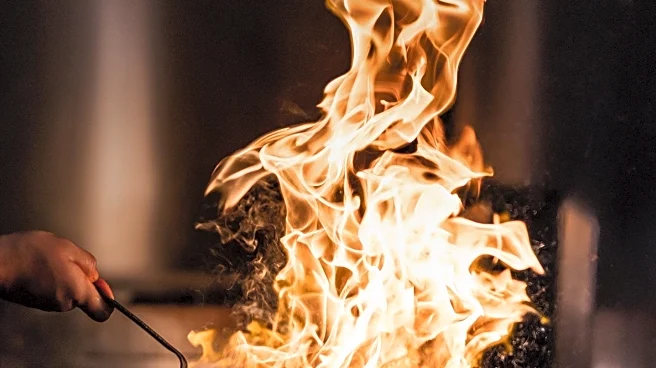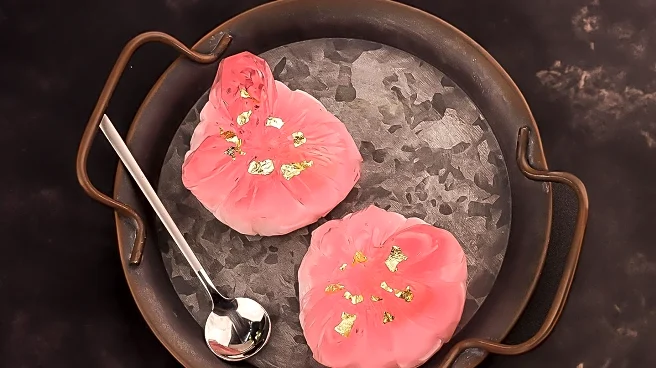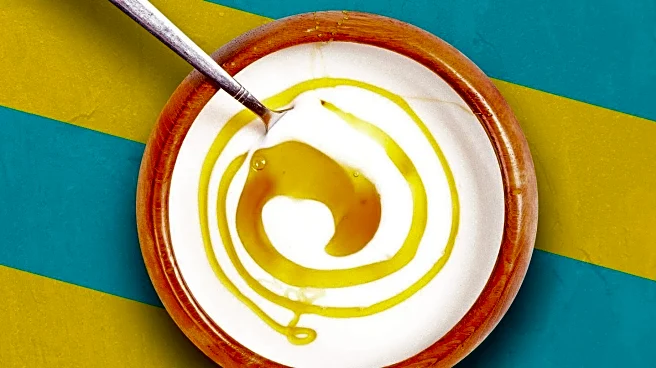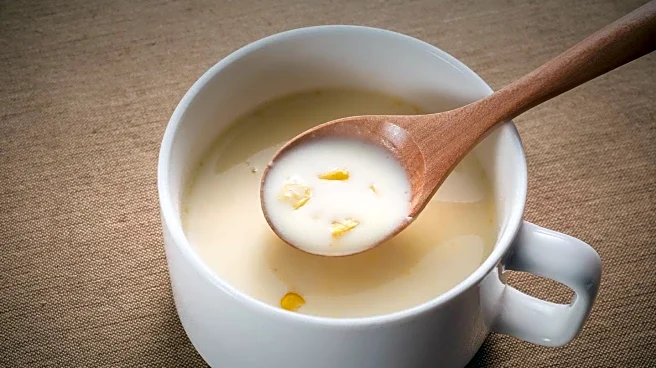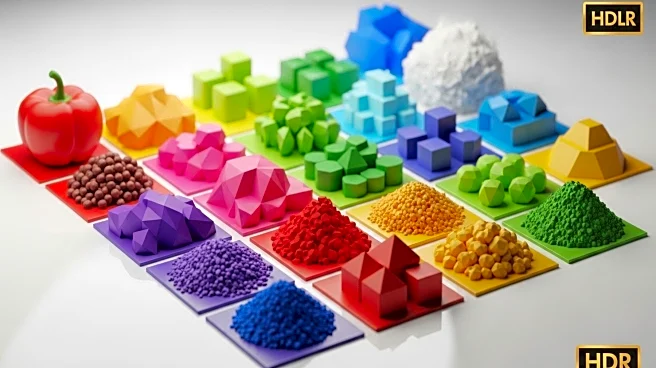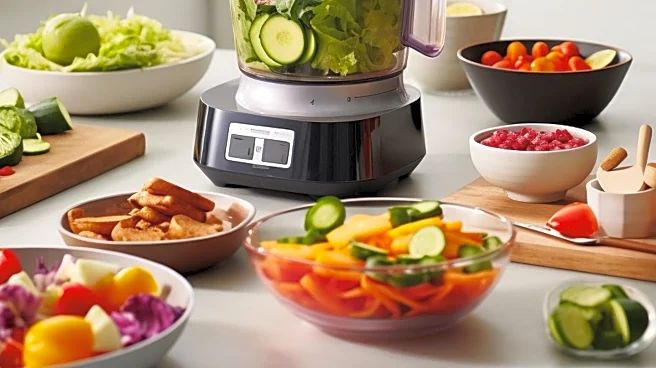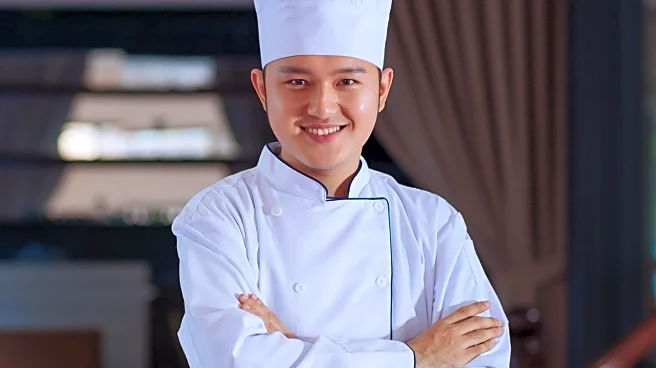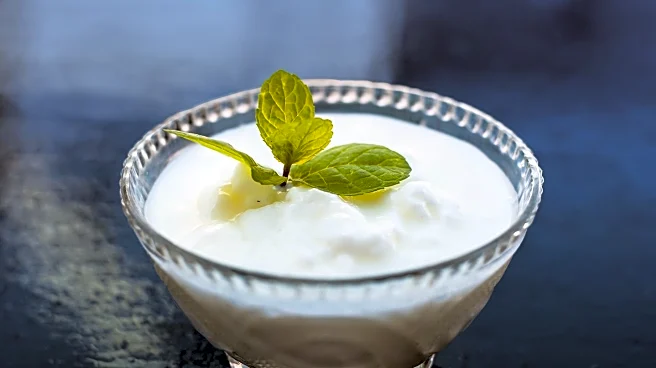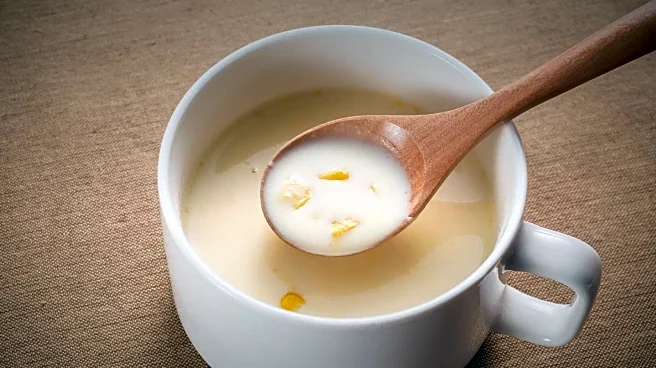What is the story about?
What's Happening?
Reverse searing is gaining popularity among culinary professionals as a method to achieve perfectly cooked steaks. This technique involves initially cooking the steak at a low temperature in the oven, followed by a high-heat sear to create a caramelized crust. The process ensures even doneness from edge to center, enhancing the texture and flavor of thick cuts like ribeye and filet mignon. Culinary Director Danny Ganem of Gioia Hospitality Group highlights the benefits of reverse searing, noting its ability to break down marbling and collagen slowly, resulting in a juicy and tender steak. The method requires specific equipment, including a temperature-controlled oven, a wire rack, and a heavy-duty pan, but does not necessitate advanced tools like sous vide machines.
Why It's Important?
Reverse searing offers a solution to common challenges faced when cooking thick steaks, such as achieving the right internal temperature without overcooking the exterior. This method provides more control over the cooking process, making it easier for home cooks to replicate restaurant-quality results. By allowing the meat to cook gently and evenly, reverse searing preserves the steak's natural juices and enhances its flavor profile. This technique is particularly beneficial for those seeking to elevate their culinary skills and enjoy high-quality steak at home without the risk of undercooking or drying out the meat.
What's Next?
As reverse searing becomes more widely recognized, it is likely to be adopted by more home cooks and restaurants seeking to improve their steak preparation methods. Culinary professionals may continue to refine the technique, exploring its application to other types of meat, such as pork and lamb. Additionally, the increased interest in reverse searing could lead to the development of new kitchen tools designed to facilitate the process, making it more accessible to a broader audience.
Beyond the Headlines
The growing popularity of reverse searing reflects a broader trend in the culinary world towards precision cooking techniques that prioritize flavor and texture. This method aligns with the increasing demand for high-quality, restaurant-style meals prepared at home, driven by the rise of food blogs and cooking shows. As consumers become more knowledgeable about cooking methods, they may seek out recipes and techniques that offer consistent and reliable results, further influencing the culinary landscape.
AI Generated Content
Do you find this article useful?
